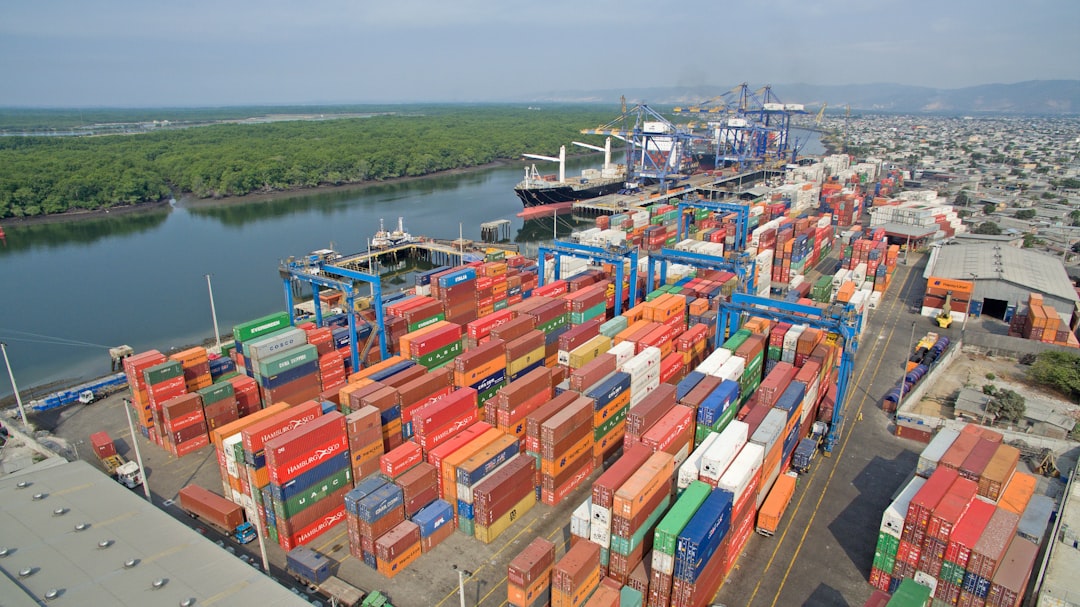Expanding your business into international markets can be a game-changer, but navigating the complexities of exporting to 40+ countries requires a meticulously planned strategy. This comprehensive guide provides a roadmap to success, covering key aspects from initial market research to ongoing logistical management.
1. Thorough Market Research: Identifying Your Ideal Export Destinations
Before diving into the logistics, you need to identify your target markets. This involves more than just looking at large economies. Consider factors like:
- Market Size and Growth Potential: Analyze the demand for your product or service in different countries. Look at population size, GDP growth, and industry-specific reports.
- Competitive Landscape: Research existing competitors in your target markets. Understand their strengths, weaknesses, pricing strategies, and market share. Identify any niches you can exploit.
- Cultural Nuances and Consumer Preferences: Product adaptation is crucial. Consider cultural differences in tastes, preferences, and buying habits. What works in one country might not resonate in another.
- Import Regulations and Tariffs: Each country has its own import regulations, tariffs, and trade agreements. Thoroughly research these to avoid costly delays and penalties.
- Infrastructure and Logistics: Assess the ease of doing business in each country. Consider factors like transportation networks, port efficiency, and customs procedures.
Tools like market research databases, industry reports, and government trade websites can provide valuable data. Prioritize countries where your product-market fit is strong and the regulatory environment is favorable.
2. Legal and Regulatory Compliance: Navigating International Trade Laws
Exporting to multiple countries necessitates navigating a complex web of international trade laws and regulations. This includes:
- Export Controls and Sanctions: Understand and comply with export control regulations in your own country and in your target markets. This includes sanctions, embargoes, and restrictions on specific goods or technologies.
- Customs Procedures and Documentation: Accurate and complete documentation is crucial for smooth customs clearance. This includes commercial invoices, packing lists, certificates of origin, and other required documents.
- Product Safety and Standards: Many countries have specific product safety and quality standards that your products must meet. Research and comply with these standards to avoid product recalls or legal issues.
- Intellectual Property Protection: Protect your intellectual property (IP) rights in each target market through patents, trademarks, and copyrights.
- Taxation and Trade Agreements: Understand the tax implications of exporting, including VAT, customs duties, and other taxes. Take advantage of any relevant free trade agreements to reduce tariffs.
Consider seeking legal and customs brokerage services to ensure compliance and minimize risks.
3. Logistics and Supply Chain Management: Efficient Global Distribution
Efficient logistics are critical for successful exporting. Key considerations include:
- Choosing the Right Shipping Method: Select the most cost-effective and reliable shipping method based on the product, destination, and delivery timeframe. Options include sea freight, air freight, and courier services.
- Inventory Management: Establish a robust inventory management system to track stock levels, manage warehousing, and ensure timely delivery.
- Packaging and Labeling: Proper packaging is essential to protect your products during transit. Ensure your packaging complies with international standards and includes accurate labeling in the local language.
- Insurance: Protect your shipments against damage, loss, or theft with appropriate cargo insurance.
- Customs Brokerage: Utilize the services of a customs broker to handle customs clearance procedures, reducing delays and potential penalties.
Optimizing your supply chain can significantly reduce costs and improve efficiency.
4. Marketing and Sales Strategies: Reaching International Customers
Adapting your marketing and sales strategies to each target market is crucial for success. Consider:
- Localization: Translate your website, marketing materials, and product packaging into the local language. Adapt your messaging to resonate with local culture and preferences.
- Digital Marketing: Utilize digital marketing channels like SEO, social media, and online advertising to reach international customers. Consider local SEO strategies.
- Distribution Channels: Identify appropriate distribution channels in each target market. This may include direct sales, distributors, wholesalers, or online marketplaces.
- Pricing Strategies: Develop a pricing strategy that considers local market conditions, competition, and currency fluctuations.
- Customer Service: Provide excellent customer service in the local language to build trust and loyalty with international customers.
A well-defined marketing strategy is essential to generate leads and convert them into sales.
5. Financial Management and Risk Mitigation: Protecting Your Investment
Exporting involves financial risks. Effective financial management is essential:
- Currency Exchange Rate Management: Mitigate risks associated with currency fluctuations through hedging strategies or using currency exchange services.
- Payment Terms and Methods: Choose secure payment methods like letters of credit or escrow services to minimize the risk of non-payment.
- Export Financing: Explore export financing options like export credit insurance or government-backed loans to secure funding for your export activities.
- Financial Forecasting and Budgeting: Develop accurate financial forecasts and budgets to manage cash flow and track profitability.
- Risk Assessment and Mitigation: Identify potential risks such as political instability, economic downturns, and supply chain disruptions, and develop mitigation strategies.
Proactive financial planning and risk management are essential to protect your investment and ensure long-term success.
Exporting to 40+ countries is a significant undertaking, but with careful planning, diligent execution, and a focus on adaptation, it can be a highly rewarding venture. Remember to continuously monitor your progress, adapt your strategies as needed, and leverage the resources available to support your international expansion.
SEO Tags:
export strategy, international trade, global marketing, exporting to multiple countries, global expansion




